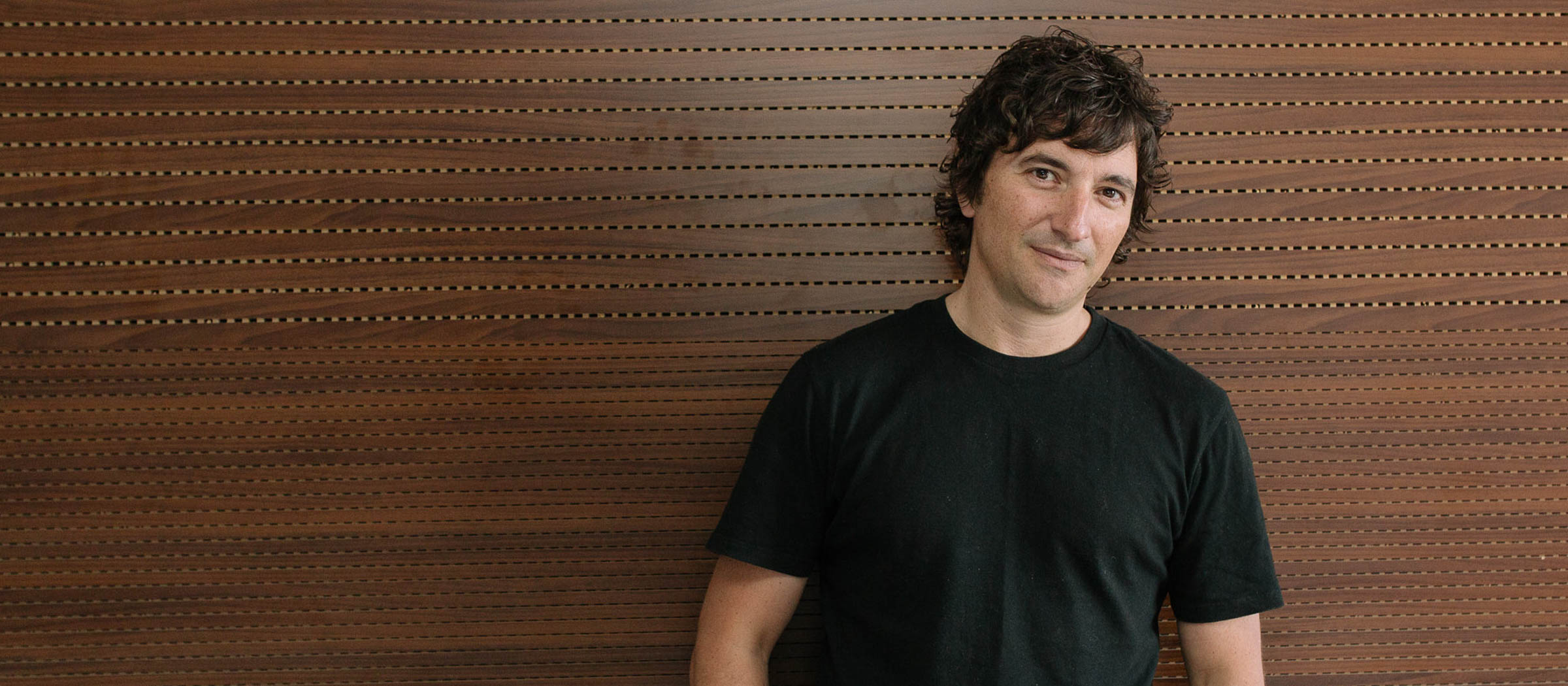Plant Profile: The Murderous Pitcher Plant

- Words by
- Georgina Reid
I once had a pitcher plant. It’s since died, but one day when it was young and vigorous I discovered a pair of waving antennae poking out the top of one of it’s pitchers. It ate a grasshopper. A big one. I was transfixed. Life! Death! Here, now! It was morbidly fascinating. The grasshopper murder made me appreciate the nifty hunting methods undertaken by the pitcher plant to capture its prey.
So, how do these things work, you ask? (lucky for you, I’ve made a diagram. See below) At the top of the plant is the lid, or operculum if you’re into proper botanical language. It stops the tube of death from overflowing with water when it rains. It also acts as a guide to encourage hapless insects into its lair.
The lip of the pitcher, known as the peristome, is where things start getting tricky. It’s often covered in a waxy substance that gets stuck in the insects feet, causing them to slip into the pitcher. It also produces lots of insect attracting nectar to attract prey.
The mouth and walls of the pitcher are covered in fine, downward facing hairs that make exiting rather tricky. Once an insect gets this far things aren’t looking good….
The bottom of the pitcher is filled with digestive fluid. It absorbs nutrients from the decaying insects, feeding on them to grow big and strong. Kind of great, huh?


Botanical Name
Sarracenia species (there are around 10 different species within the Sarracenia genus)
Common Name
Pitcher Plant. There are other plants with the common name of pitcher plant, (botanical name: Nepenthes spp.) but this story focuses on the Sarracenia genus as they’re a little easier to find and grow in Australia.
Family
Sarraceniaceae
Origin/History
Pitcher plants originate in warm/temperate swampy areas of the east coast of the United States of America and Canada.
Likes/Dislikes
Pitchers love full sun and wet feet. Having originated in swampy areas means they don’t like being dry, and prefer acidic soil. They quite like a bit of cold, especially over winter, so they’ll be happy in most parts of Australia, except for the seriously tropical tropics.
Growing Them
They’re not particularly tricky to grow, but I have killed one, so they’re not bullet proof. Here are some tips:
- They need to be in full sun, in a sheltered location.
- They love wet soil – It’s a good idea to sit the pot in a deep-ish saucer and ensure it’s always full of water.
- The do go dormant over winter – this means they’ll die back a bit and look like they’re on their way out. Come spring (hopefully!) they’ll start sending up new pitchers and will be back to their murderous ways in no time.
- Because of their dormancy, they require less water in winter. Still keep the soil moist, but not necessarily wet.
- Sarracenia like acid soil – some people suggest growing them in a mix of sphagnum moss, sand, and perlite in equal parts.
Each of the Sarracenia species grow slightly differently, and therefore have different growing requirements. There’s a great blog called The Pitcher Plantation, which has plenty of information on growing them in Australia. Check it out if you’re getting serious about pitcher plants.
—





